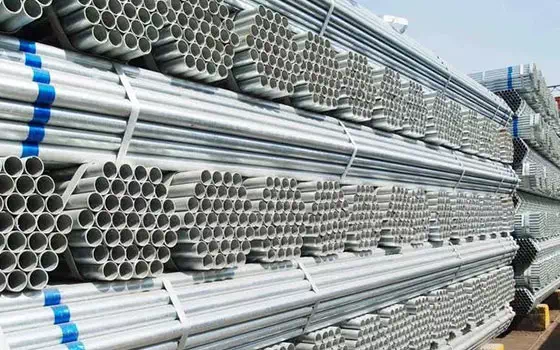Welcome to Shandong Zhishang Steel Co., Ltd.
Get a free quote quickly!
Lorem ipsum dolor sit amet, consectetur adipiscing elit. Donec id erat sagittis, faucibus metus malesuada, eleifend turpis. Mauris semper augue id nisl aliquet, a porta lectus mattis. Nulla at tortor augue. In eget enim diam. Donec gravida tortor sem, ac fermentum nibh rutrum sit amet. Nulla convallis mauris vitae congue consequat. Donec interdum nunc purus, vitae vulputate arcu fringilla quis. Vivamus iaculis euismod dui.
Galvanized pipe as a widely used material, its production and use in the process will indeed encounter some technical problems. Fortunately, as technology advances, there are solutions to these problems. At the same time, due to fluctuations in market demand, the price of galvanized pipes will also be affected to a certain extent, which is a common phenomenon in the market economy.
In the production process, steel leakage defect is a common problem. In order to reduce production costs and improve the strength of steel, manufacturers often add a higher proportion of silicon to steel-based materials. However, if the amount of silicon is too much, it will lead to an increase in the surface tension of the steel, which reduces the wetting ability of the steel plate to the zinc liquid and affects the galvanizing effect. In addition, silicon is easy to react with oxygen to produce silica at high temperatures, and if these acidic substances cannot be effectively removed, steel leakage defects will be formed during the galvanizing process.
In order to solve this problem, continuous hot-dip galvanizing process of hot-rolled steel strip without pickling can be adopted. This process is characterized by feeding the steel strip directly into the reduction furnace without going through the pickling step, and increasing the volume fraction of hydrogen to more than 20% to reduce the possibility of oxidation. At the same time, in the process of hot dip galvanizing, the adhesion of the coating can be significantly improved by forming Fe-Al-Zn alloy layer on the surface of the steel strip, so as to effectively eliminate steel leakage defects. These countermeasures are very worthy of reference for galvanized pipe manufacturers.

Another problem is the loss of the zinc layer, which is usually caused by the low heating value of the gas in the pentoxide furnace or the oxidation atmosphere caused by pressure fluctuations. In order to solve this problem, several countermeasures can be taken:
a. Choose a gas burner with better combustion performance to ensure that the pressure of air and gas is stable in an appropriate range;
b. Control the fluctuation range of gas heating value to ensure that its fluctuation does not exceed ±5%;
c. In the open flame heating, the temperature of the forge should be maintained above 1000℃;
d. If the forging furnace without burner preheating is used, its temperature should be maintained above 800℃;
e. The temperature of the strip steel when leaving the pentoxide furnace should be controlled below 650℃.
Through these measures, the zinc layer can be effectively prevented from falling off and the quality of galvanized pipe can be guaranteed. In short, although galvanized pipes may encounter some problems in the production and use of the process, but through scientific methods and technological innovation, these problems can be solved. At the same time, producers also need to pay close attention to market dynamics in order to better cope with the challenges posed by price fluctuations.